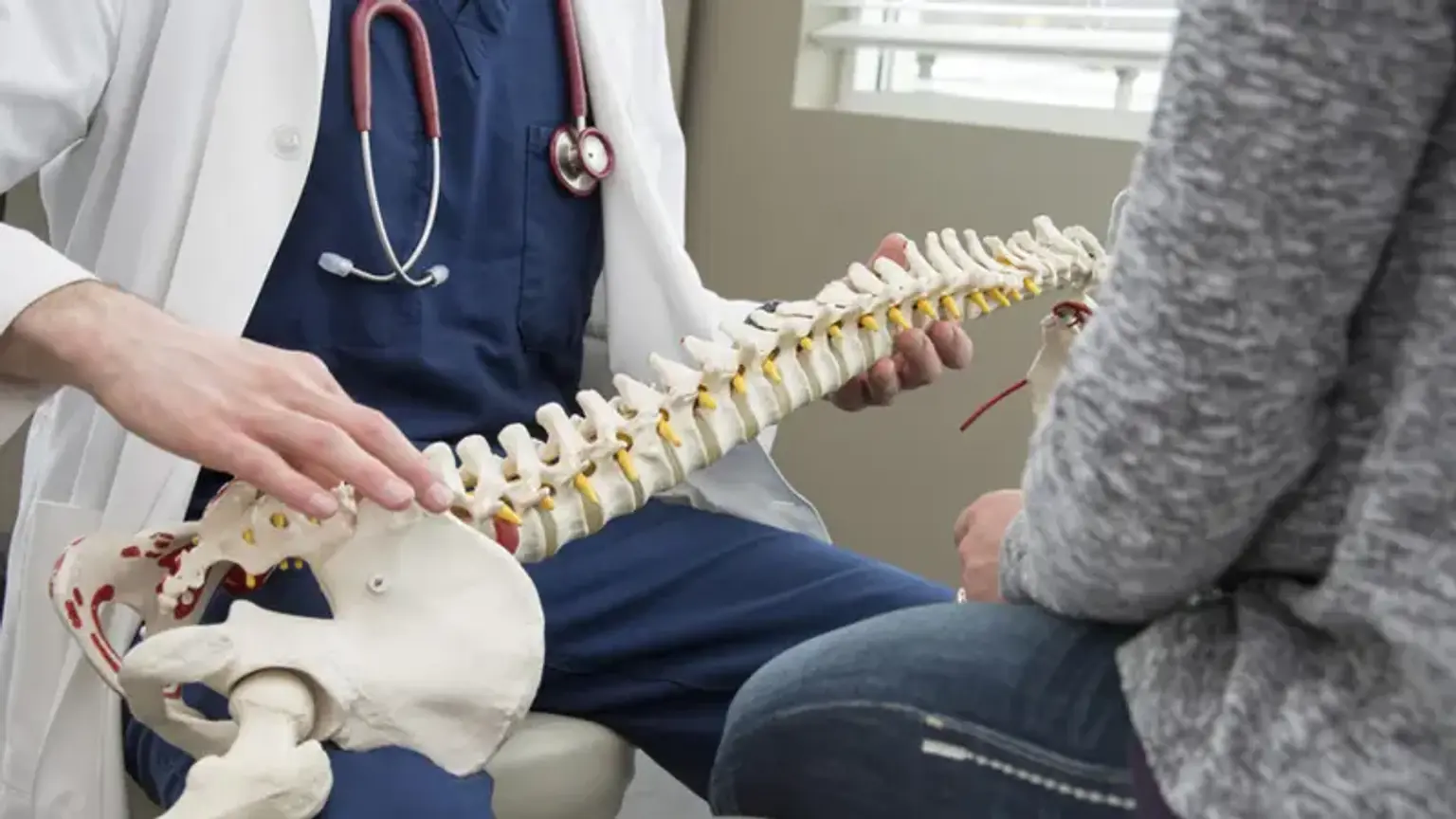A spine is an essential part of the body that supports a range of activities, including general body movement. Generally, the spine is an interconnected complex organ that consists of bones, muscles, ligaments, nerves, and tendons. Therefore, any damage or injury that affects any of these organs could cause complications and other neurological symptoms and diseases.
As such, early diagnosis and treatment of any spinal condition is essential to avoid further damages. While there are several treatment options, spine surgery is the best treatment alternative for acute or chronic conditions. Apart from relieving pain and associated symptoms, it also helps restore and maintain the altered standard functions of the spine.
What is Spine Surgery?
Spine surgery is a medical procedure that aims at treating or correcting spinal disorders. It can be removing herniated disc so as to ease pain and other related symptoms. Furthermore, patients who undergo spine surgery often recover within a shorter period and regain their body functionality.
